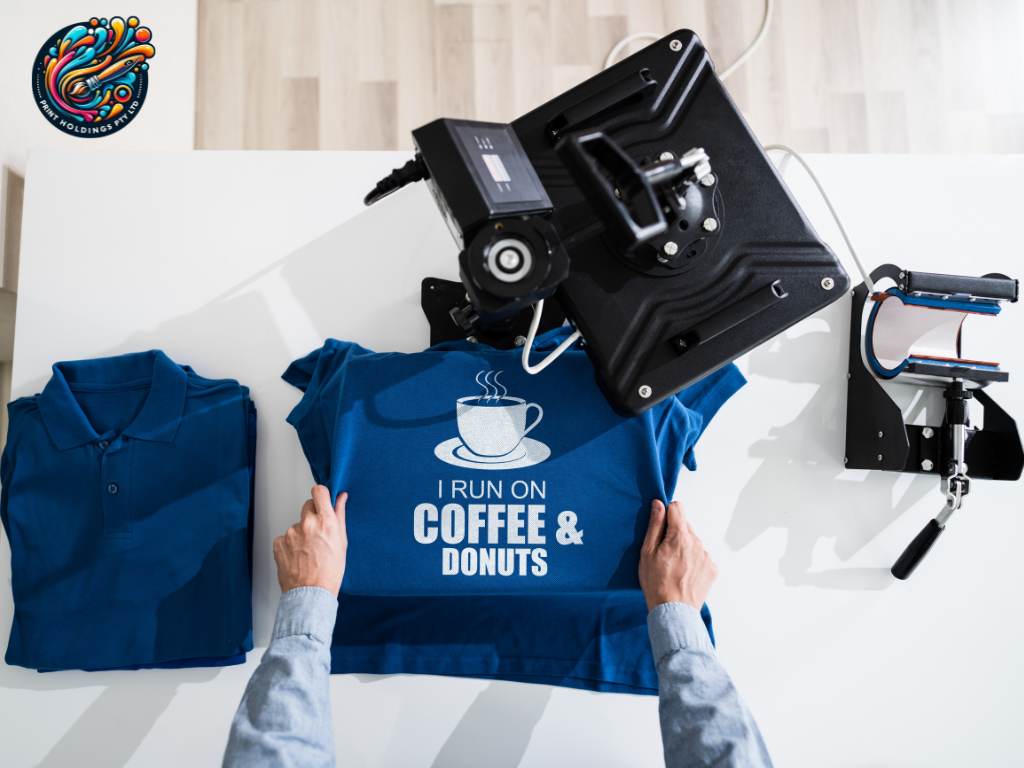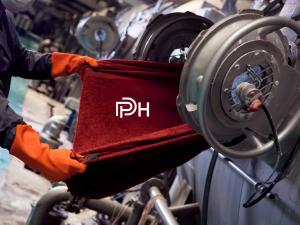The world of printing solution has evolved remarkably from its humble beginnings to the advanced technologies we see today. This evolution has expanded the capabilities of printing, making it more accessible and versatile for both businesses and individuals. Understanding the variety of printing solutions available is crucial in making informed decisions that align with specific needs and goals.
The Evolution of Printing Solutions
Printing technology has undergone significant transformations over the centuries, moving from manual presses to sophisticated digital and 3D printing technologies. This evolution reflects advancements in speed, quality, and efficiency, offering a wide range of options for different printing needs. Each stage of development has opened new possibilities in how we create, share, and use printed materials.
Why Understanding Printing Solutions is Crucial for Businesses and Individuals
For businesses, the right printing solution can enhance marketing efforts, improve operational efficiency, and reduce costs. For individuals, it enables creative expression and practical applications at home. Understanding the options helps in selecting the most appropriate technology, ensuring quality outcomes while optimizing expenditure.
Core Concepts of Printing Solutions

Definition of Printing Solutions
Printing solutions encompass various methods and technologies used to transfer text and images onto paper or other substrates. They range from traditional methods to advanced digital techniques.
Traditional Printing
Traditional printing, including offset and letterpress, involves transferring ink from a plate to a rubber blanket, then to the printing surface. It’s characterized by high-quality prints and efficiency in high-volume jobs.
Digital Printing
Digital printing eliminates many of the mechanical steps required for traditional printing, allowing for direct printing from a digital file. This method is ideal for short-run jobs and customization, offering flexibility and speed.
The Spectrum of Printing Technologies
The choice between printing technologies depends on various factors, including the project’s scale, desired quality, and specific application.
Inkjet vs. Laser
- Inkjet Printers: Best for high-quality images and photos, inkjet printers spray tiny droplets of ink onto the paper. They excel in producing rich, detailed prints.
- Laser Printers: Utilizing toner instead of ink, laser printers are faster and more cost-effective for text-heavy documents and large volume printing.
Digital vs. Offset
- Digital Printing: Offers quick turnaround times and low setup costs, making it perfect for short runs and personalized printing.
- Offset Printing: While requiring higher setup costs and longer prep times, offset printing is unparalleled for large volumes, offering superior quality and cost efficiency per piece.
Factors to Consider When Choosing a Printing Solution
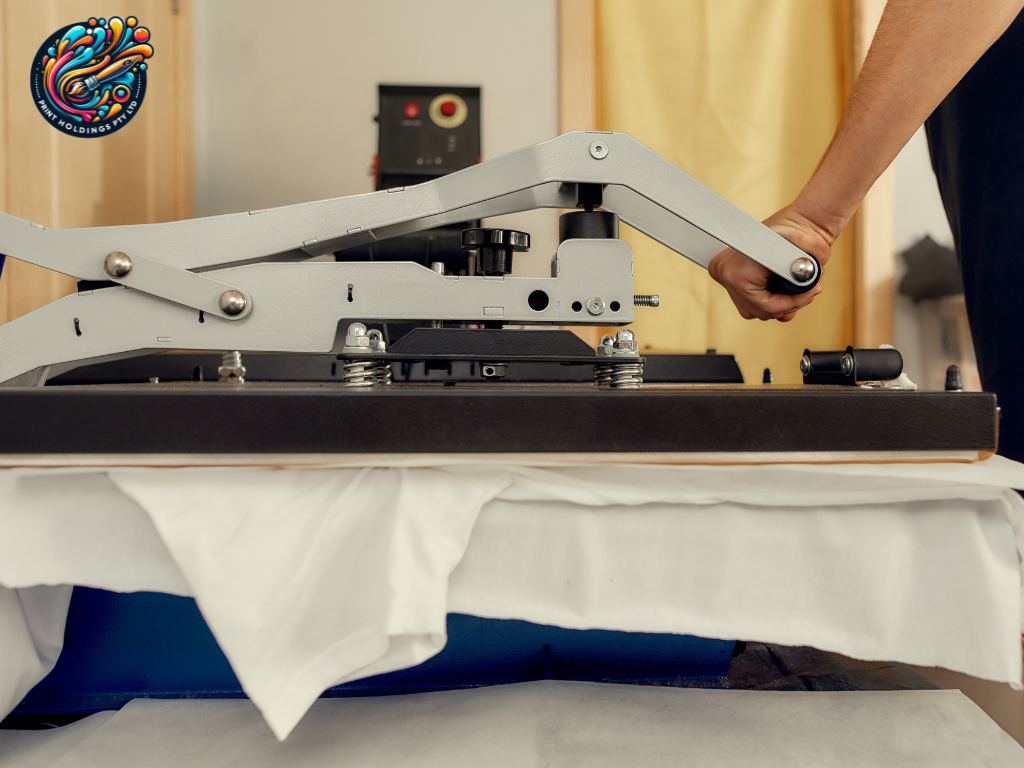
Selecting the right printing solution requires careful consideration of your specific needs and the capabilities of different technologies.
Assessing Printing Needs
- Volume: The quantity of prints significantly influences the choice between digital and offset printing.
- Quality: High-quality image reproduction may lead toward inkjet or offset methods.
- Speed: For urgent jobs, digital printing provides the quickest turnaround.
Cost Implications
- Initial Setup Costs: Offset printing has higher upfront costs due to the setup of plates, whereas digital printing offers lower initial costs for small runs.
- Ongoing Costs: The cost per unit decreases with volume in offset printing, while digital printing costs remain consistent, making digital more cost-effective for short runs and offset for larger orders.
Types of Printing Solutions and Their Ideal Use Cases
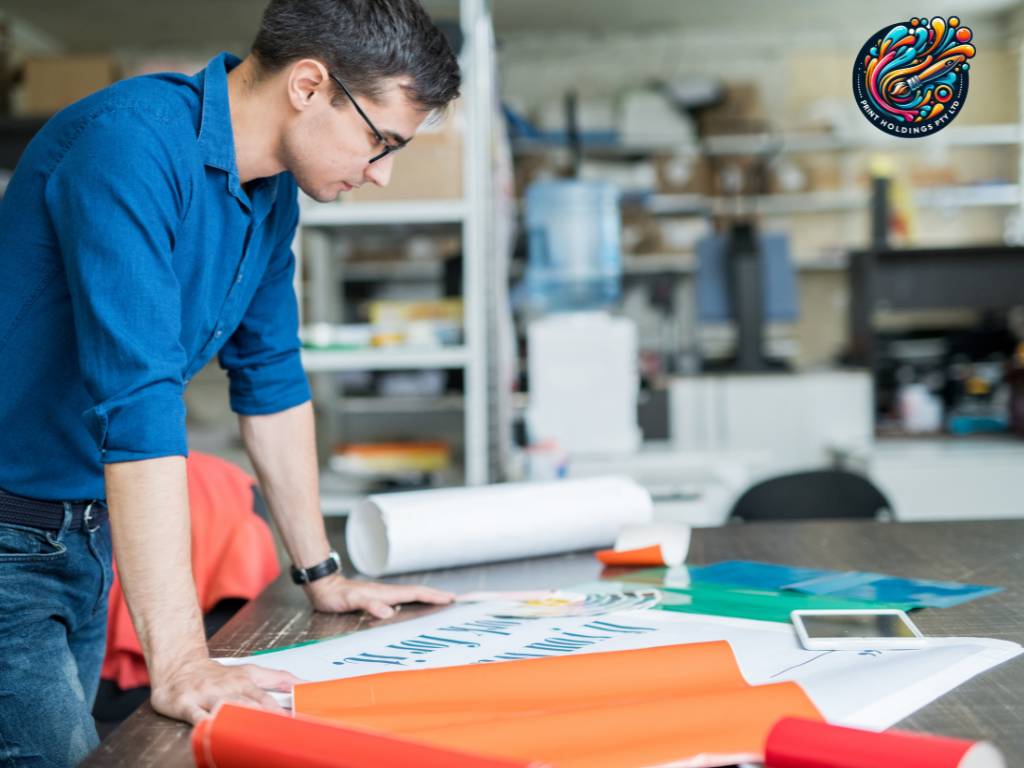
Understanding the diverse types of printing solutions and their specific strengths is crucial for selecting the right option for any given project. Each printing method comes with unique advantages tailored to different needs and outcomes.
Inkjet Printing
- Ideal for High-quality, Low-volume Printing: Inkjet printers are renowned for their ability to produce vibrant colors and high-resolution images, making them perfect for printing detailed graphics and photos. They are most suitable for projects where quality takes precedence over quantity, such as fine art prints or custom invitations.
Laser Printing
- Best for Fast, High-volume Printing Needs: Laser printers shine in environments where speed and efficiency are key. With their fast printing capabilities and lower cost per page for high-volume jobs, they are ideal for offices or situations requiring a significant amount of text-based documents.
Digital Printing
- Perfect for On-demand Printing, Customization: Digital printing stands out for its flexibility and speed, offering the ability to print from digital files directly to paper. This method supports on-demand printing, short runs, and customization, like personalized marketing materials or variable data printing.
Offset Printing
- Suited for High-volume, High-quality Commercial Printing: Offset printing is the go-to for large-scale print jobs requiring high quality and consistency. It’s cost-effective for large quantities and is commonly used for magazines, catalogs, and bulk marketing materials.
Navigating the Future of Printing Solutions
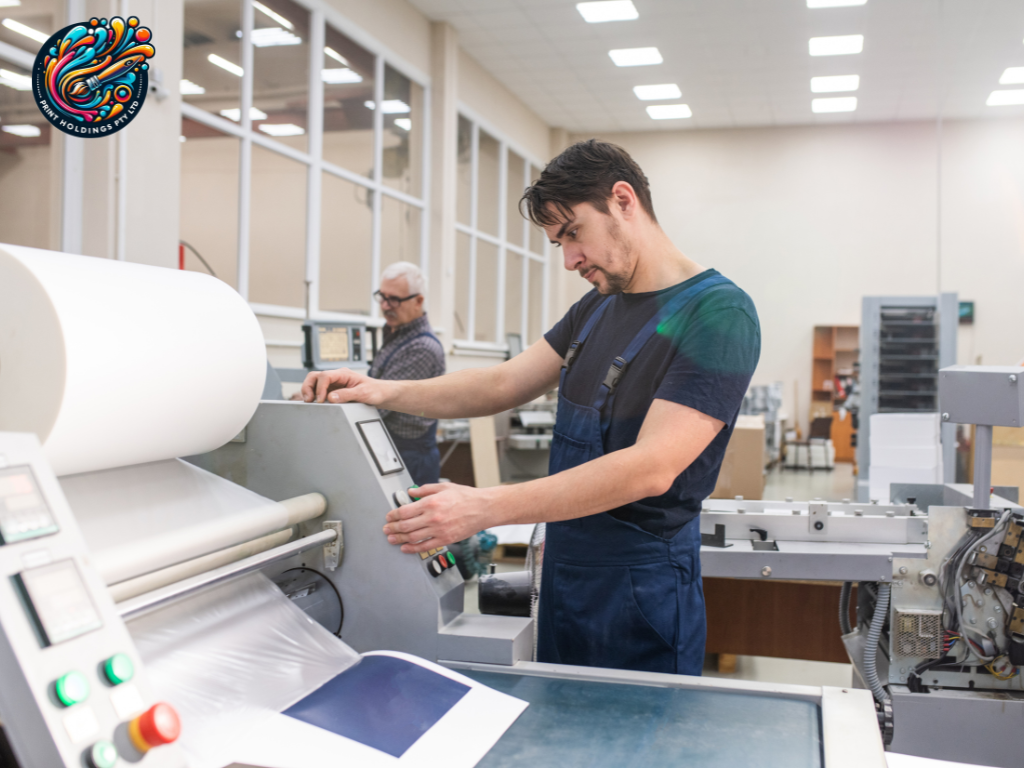
The printing industry continues to evolve, driven by technology advancements and a growing awareness of environmental impacts. Staying informed and considering sustainable options are crucial for future-proofing printing practices.
Staying Informed About Emerging Printing Technologies
- The future of printing includes advancements such as 3D printing, which opens new avenues for manufacturing and creativity, and augmented reality in print materials, offering interactive experiences. Keeping abreast of these technologies can provide competitive advantages and innovative solutions.
Considering Eco-friendly Printing Solutions
- As environmental concerns become increasingly paramount, eco-friendly printing solutions gain prominence. This includes using sustainable materials, like recycled paper and soy-based inks, and technologies that reduce waste and energy consumption. Adopting green practices not only benefits the planet but can also appeal to environmentally conscious consumers.
Conclusion
As the printing landscape evolves, exploring and evaluating the myriad of available options becomes essential. Whether your priorities lie in producing high-quality images, managing large volumes efficiently, customizing individual prints, or adhering to sustainable practices, there’s a printing solution that fits every requirement. Engaging with these technologies and considering their future developments can lead to more informed decisions, better outcomes, and a more sustainable practice in the world of printing.
